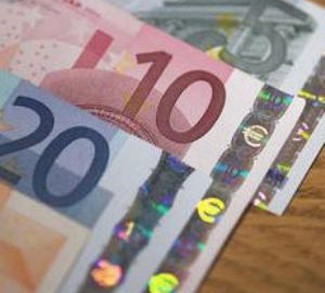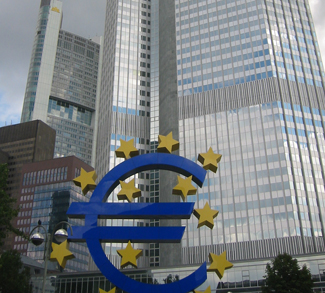Today, results of the financial ‘stress test’ performed on 91 banks across Europe will be made public.
The underlying hope is that the test can prove that European banks are able to weather a shock similar to that of the 2008 global financial crisis. However, a jittery market has served to inflate the importance of the stress test results, even if it turns out that the test was more style than substance.
Given the volatility in global markets of late, it is difficult to say how many ‘passing grades’ it will take for the result to be taken as a positive sign by investors. According to a survey conducted by Goldman Sachs, it is likely that around 10 of the 91 banks being tested will fail to prove their solvency.
Questions have been raised over the validity of the stress test as a whole, for it only examines a small portion of a bank’s assets. In a discussion over the stress tests impact on US Treasury prices, a senior rates trader at Jefferies & Co. remarked:
This is a surprise in the sense that the scope of the stress test is limited to a certain portion of banks risk… it’s going to be a little less insightful or meaningful than the already watered-down expectations
The above quote further illustrates the twitchy mood in the markets whereby a high profile, though far from comprehensive banking test can cause widespread ripples in global currency trading, European stock markets, and US Treasuries– all before the actual results of the test are made public.
The Wall Street Journal echoed questions over the validity of the stress test in remarks from David Chalupnik from First American Funds:
The market wants a stress test that is very credible… the concern is the test may not be as robust as expected and therefore you still have uncertainty
The Associated Press also highlighted market concerns that the European tests, “[aren’t] as rigorous as those applied in the United States around a year ago.”
The results will be published at 1600 GMT.




